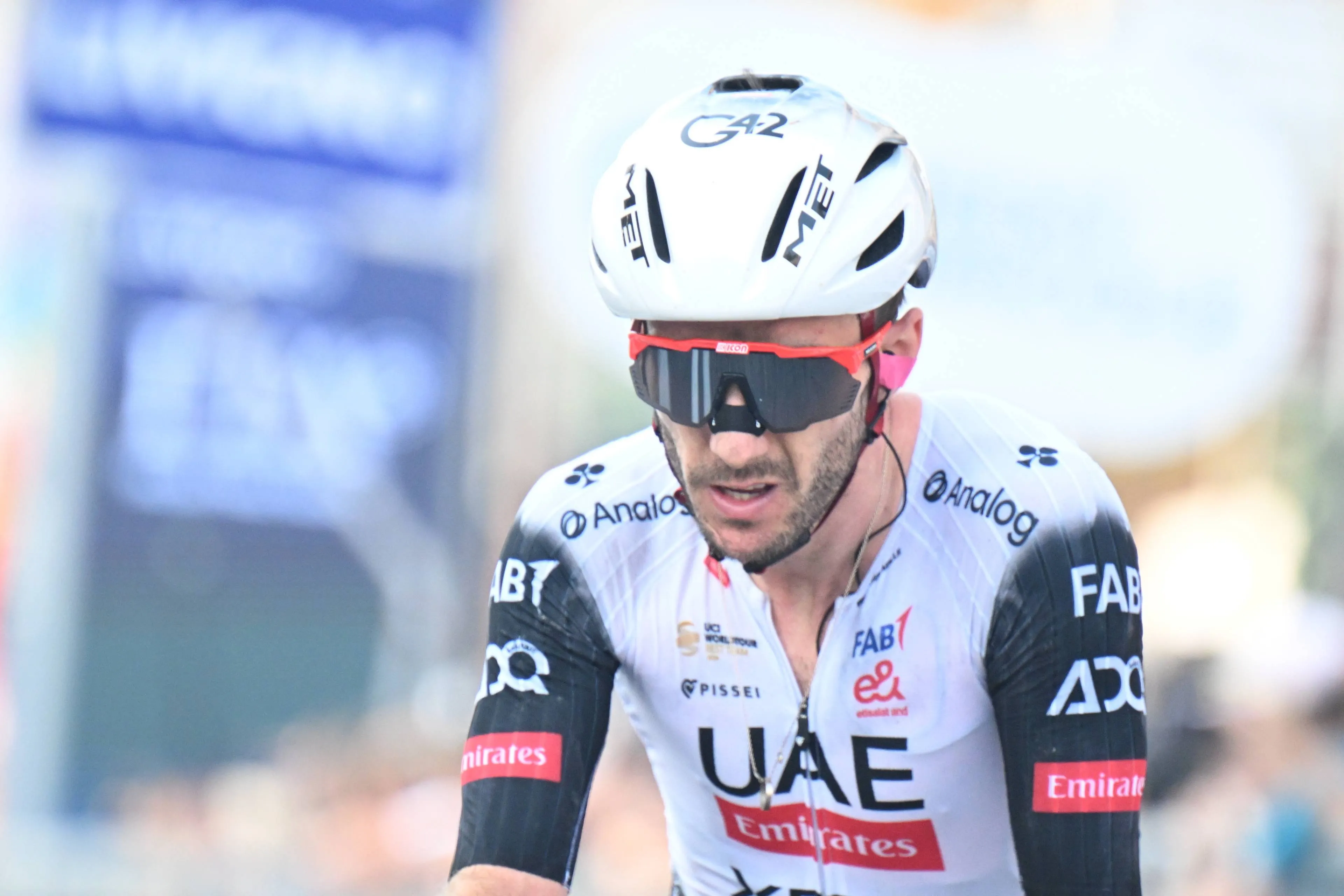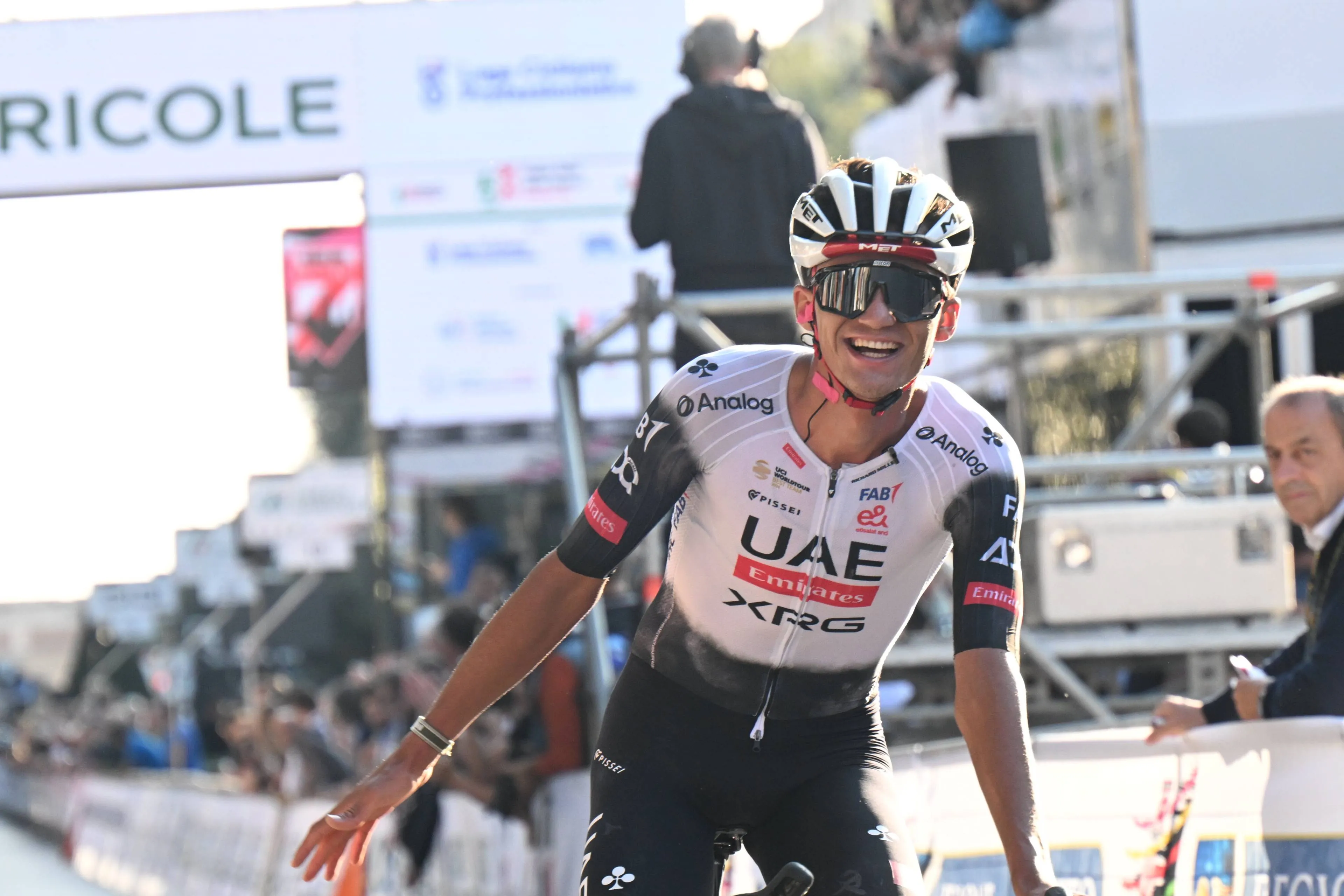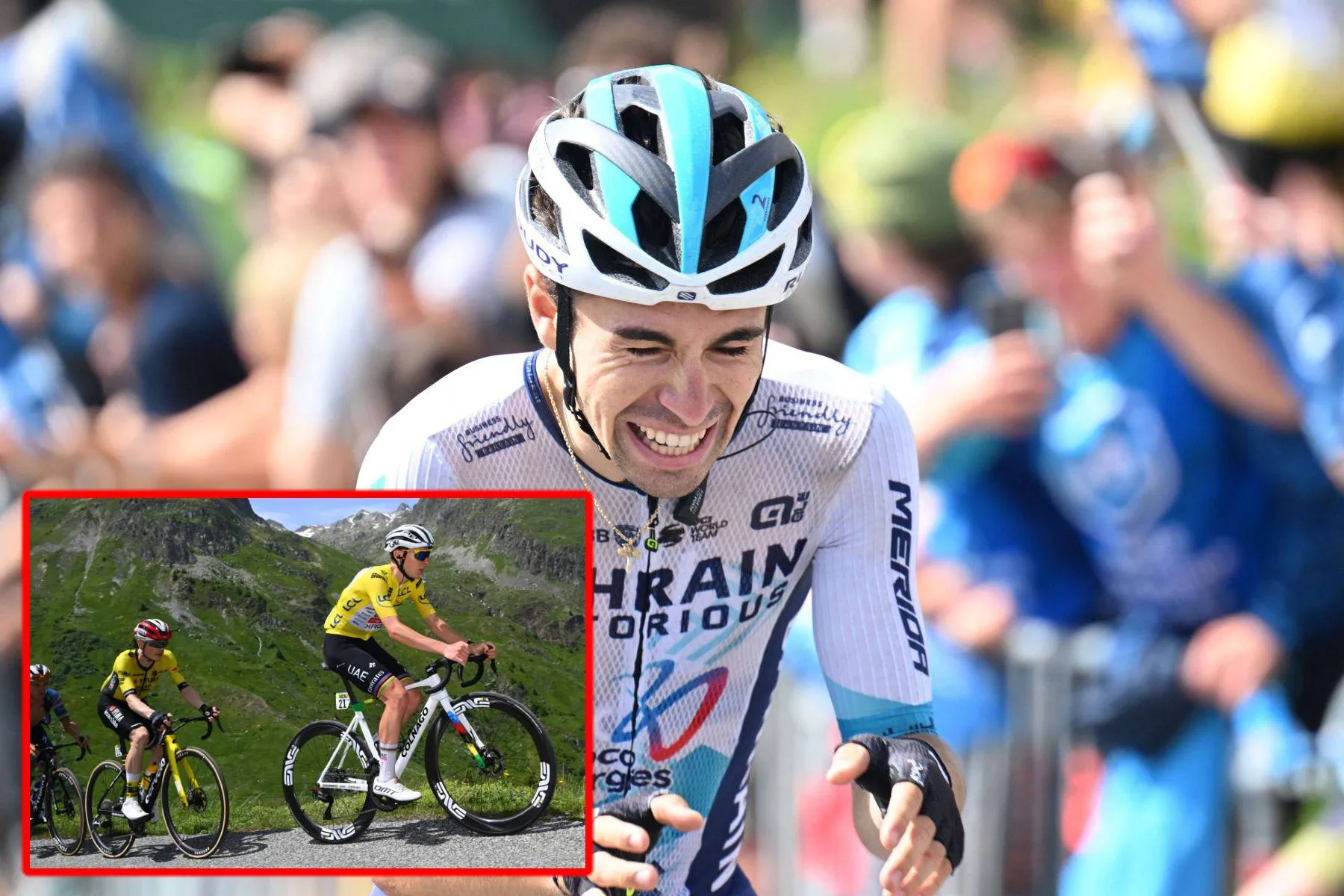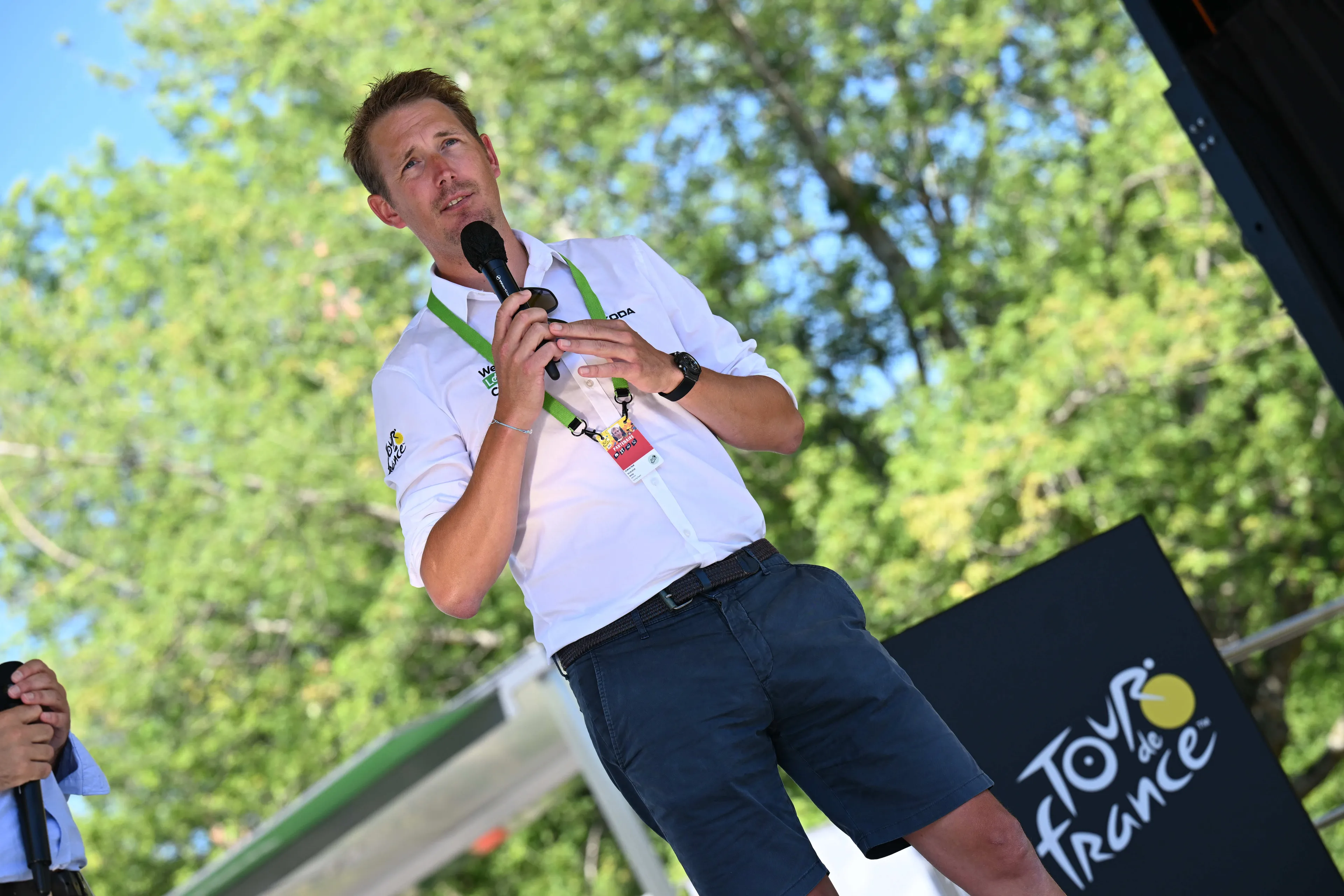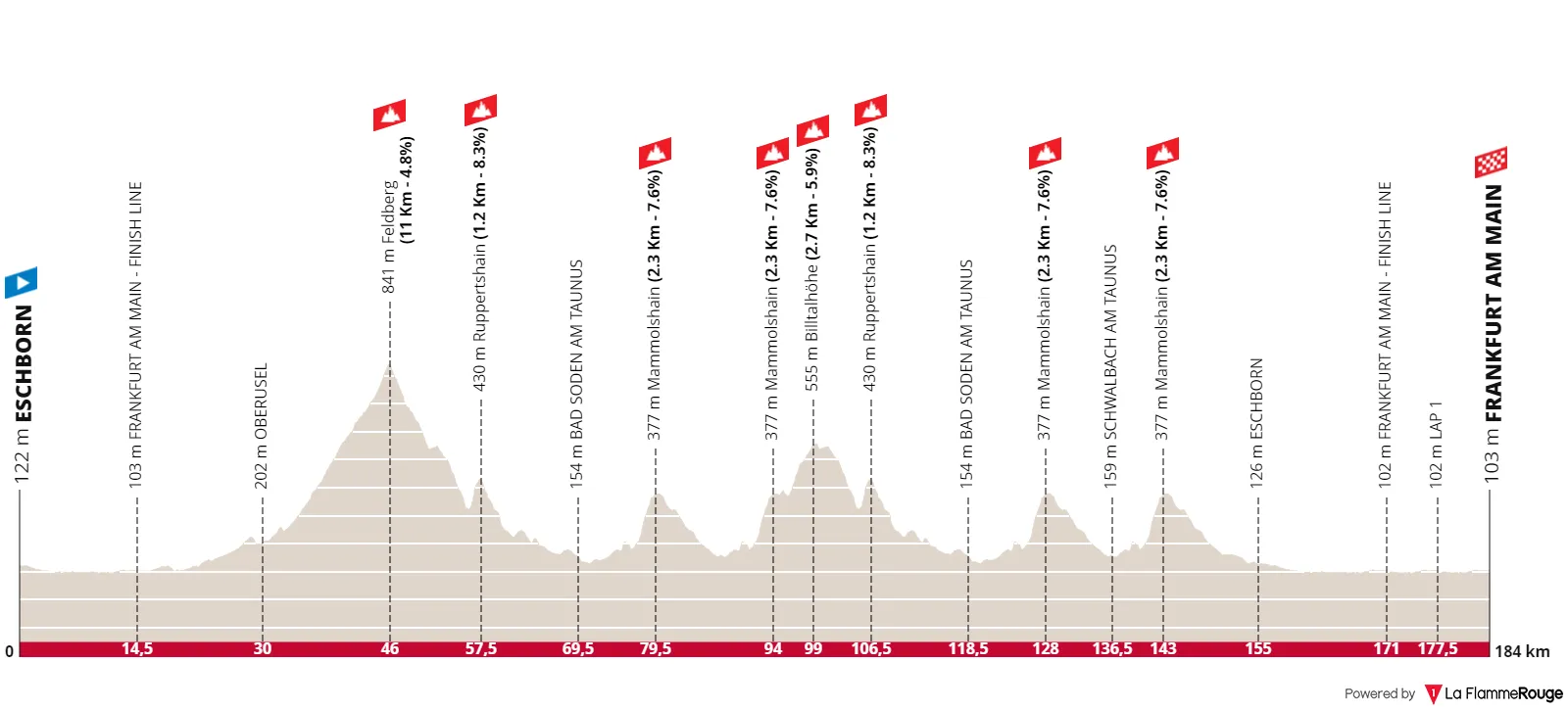
On May 1st, the World Tour peloton ventures to Germany for the first time this year for the Eschborn-Frankfurt Classic. While traditionally favoring sprinters, the race's open route often leads to thrilling and unpredictable competitions, ensuring excitement for riders and fans alike.
Read also
The riders will be tackling 184 kilometers and 2600 meters of climbing. It is a race that features some climbing, however the sprinters usually have their way. The opening 30 kilometers are flat, and lead to an 11 kilometer climb at 4.8%, however this early in the race it doesn’t usually play a role.
There will then be a combination of small climb, however they won’t be easy. With 90, 85 and 78 kilometers to go there are the summit of some small hilltops which can be used to push the pace, also quite possibly to anticipate the two main final climbs where the attacks are likely to come.
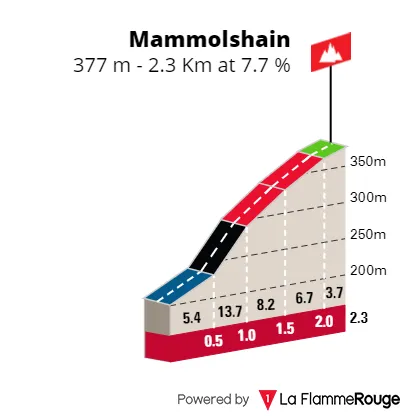
Mammolshain; 2.3Km, 7.7%; 105, 56 and 41 kilometers to go
The Mammolshain will be climbed three times, with 56 and 41 kilometers to go to the finish respectively. It is a climb that can do damage, as in split the peloton and/or see attacks off the front which can be dangerous and affect the outcome later in the race. It is 2.3 kilometers long at 7.7% but it does features some 500 meters at almost 14%, a grueling ramp which being in the base of the climb, can see big gaps form between those who will be comfortable and those who will struggle uphill.
From there on though there are still 41 kilometers to reorganize a chase and work towards a sprint. This is the regular scenario. Although the race can be somewhat selective, the dynamics usually tilt towards an organized chase between several teams who will not hesitate to work to bring in better chances for their leaders to fight for the win.
As for the finale, it looks quite technical but it isn’t anything too hard. It won’t be a full peloton, and the most important will be the timing. The final straight is 500 meters long, but the speed won’t be too excessive, so gaining it won’t be too hard.

Eschborn - Frankfurt-am-Main, 185Km
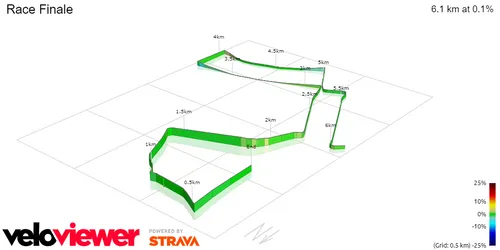
Eschborn-Frankfurt finale
claps 0visitors 0
Just in
Popular news
Latest comments
- If she was Dutch or Belgian she'd have already sorted a team out. Unfortunately, the CX teams are pretty insular to 'foreigners' and would rather give a spot to a local rider. And that is one reason why the sport is niche outside its heartland.wipperman9519-12-2025
- Dear Editor: It is no humiliation to make the final, even with two riders, and not get it perfect against another talented rider. Disappointment, sure.itsent18-12-2025
- I luv this guy ,so honest puts the hand up ..."my fault.".. I would be stoked to see him win his big monuments ... i think he would be a great team mate and friend.Davide18-12-2025
- In his years in the peloton, Evenepoel has had several major crashes that could have ended another person's career. In that, he is sadly similar to Roglic, whose crashes have had a huge impact on his still impressive palmares. I'd say the first thing that needs to happen is that everyone make it to the Tour safely. At that point? I don't think they stand a chance against the UAE engine, and the man who is only now (seriously?!) coming into what used to be the age of maturity, refinement, and full bodily development.RidesHills18-12-2025
- It must be hard for him to let go...somewhere in his mind he sees himself competitive. The reality of his entire time at IPT tells a different story altogether.Crashjames18-12-2025
- Not only that, but aside from JV, no one has remotely come close to Tadej level, and I seriously doubt Remco or Lipowitz will be there next year in the finales. That said, a lot can happen on the road in the next year, and I hope it's an epic battle among all of the top 10 finishers. It's a little anticlimactic to watch Tadej ride everyone off his wheel, even if it is super impressive to watch.Crashjames18-12-2025
- He couldn't finish in the top 100 at Unbound Gravel. He might be able to hold the wheel in a cat 3 crit but even that's debatable. Not being facetious.paule18-12-2025
- It isn't just the 5 million euros a year. It's also the never-ending hospital bills. Two weeks to go for Sylvan Adams to get out from under this mess.paule18-12-2025
- LOL, Del Toro, while very strong, is not currently racing at a level higher than Remco or Lipowitz. He can be by 2027 though and probably will be. You are discounting Remco's season this year, which his underperformance was caused by a crash that would have retired most people. He will be very strong this coming year as long as he keeps the rubber side down.awp18-12-2025
- It would be nice to see him have a healthy season and do well.JoeyB18-12-2025
Loading
Write a comment


